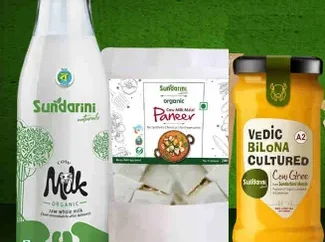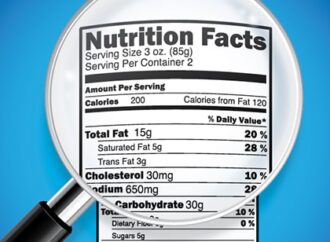Maintaining stable blood sugar levels is crucial for managing and preventing diabetes. While a balanced diet and regular exercise are known to play a key role, recent studies have shed light on the potential benefits of incorporating purple vegetables and tubers into our meals. These vibrant and visually appealing foods are not only packed with essential nutrients but also contain natural compounds that may possess anti-diabetic properties.
Understanding the Link between Purple Foods and Diabetes
The research from the University of Turku in Finland showed that the colourful pigments found in red, purple, and blue fruits, vegetables, and tubers can lower the risk of type 2 diabetes. These pigments, called anthocyanins, have a range of positive effects on our body’s energy, gut bacteria, and inflammation.
Interestingly, the study suggests that anthocyanins become even more effective against diabetes when they undergo a process called acylation.
This means adding an extra group to the anthocyanin molecules. Foods like purple potatoes, purple sweet potatoes, radishes, purple carrots, and red cabbages contain high levels of acylated anthocyanins. On the other hand, bilberries and mulberries have mostly nonacylated anthocyanins.
Although acylated anthocyanins aren’t easily absorbed during digestion, they have amazing probiotic properties, promoting beneficial gut bacteria growth and reducing diabetes risk more effectively than non-acylated anthocyanins.
Incorporating Purple Foods into Your Diet

Now that we understand the potential benefits, here are some purple vegetables and tubers you can include in your diet.
- Purple Sweet Potatoes: These vibrant tubers are rich in fibre, vitamins, and minerals, making them an excellent choice for blood sugar management. They can be baked, boiled, or roasted to enjoy their natural sweetness.
- Purple Cabbage: Packed with antioxidants and fibre, purple cabbage is a versatile vegetable that can be used in salads, stir-fries, or even fermented as sauerkraut.
- Purple Carrots: These colourful carrots contain anthocyanins and other beneficial compounds. They can be eaten raw, roasted, or added to soups and stews for added flavour and nutrition.
- Purple Cauliflower: With its eye-catching hue, purple cauliflower offers a range of health benefits. It can be steamed, roasted, or used in creative ways such as purple cauliflower rice.
- Purple Asparagus: This unique variety of asparagus is not only visually appealing but also provides a good source of vitamins and antioxidants. It can be grilled, sautéed, or roasted as a delicious side dish.
Conclusion
Purple vegetables and tubers not only add a splash of colour to our plates but also offer potential anti-diabetic properties. With their rich content of anthocyanins and other beneficial compounds, these foods have shown promise in regulating blood sugar levels, improving insulin sensitivity, and reducing inflammation. By incorporating purple vegetables and tubers into your diet, you can take a proactive step towards managing and preventing diabetes. Embrace the power of purple and enhance your overall health while enjoying a variety of delicious and nutritious meals.
 Food Manifest
Food Manifest 


















Leave a Comment
Your email address will not be published. Required fields are marked with *